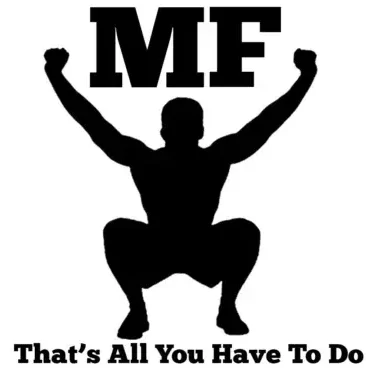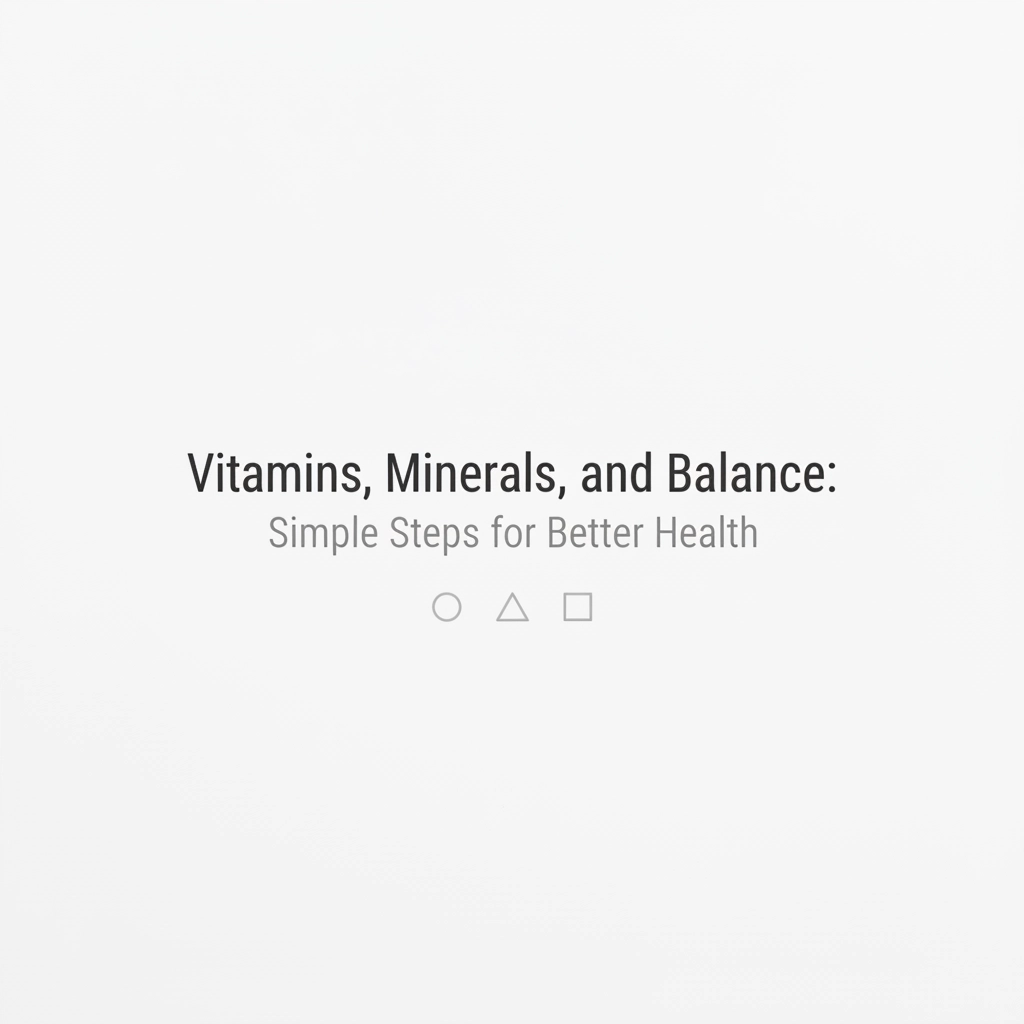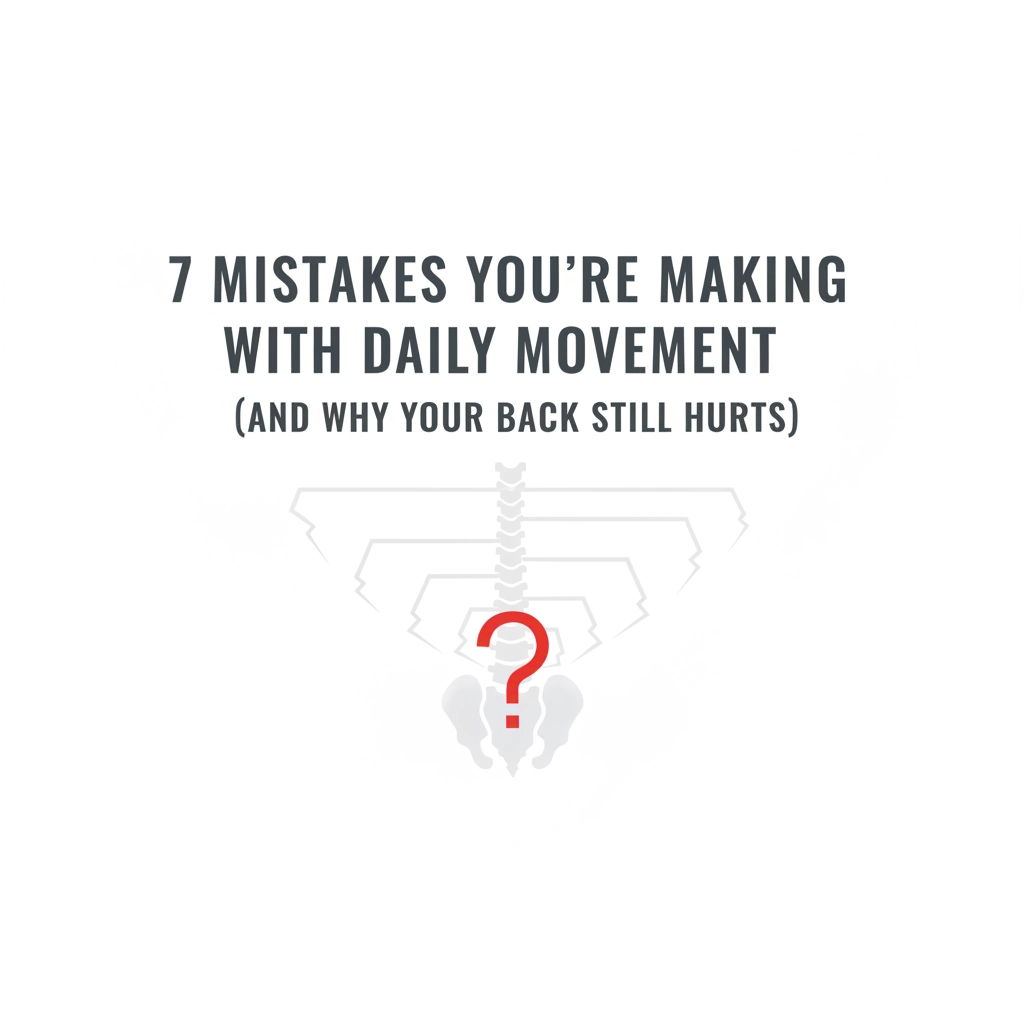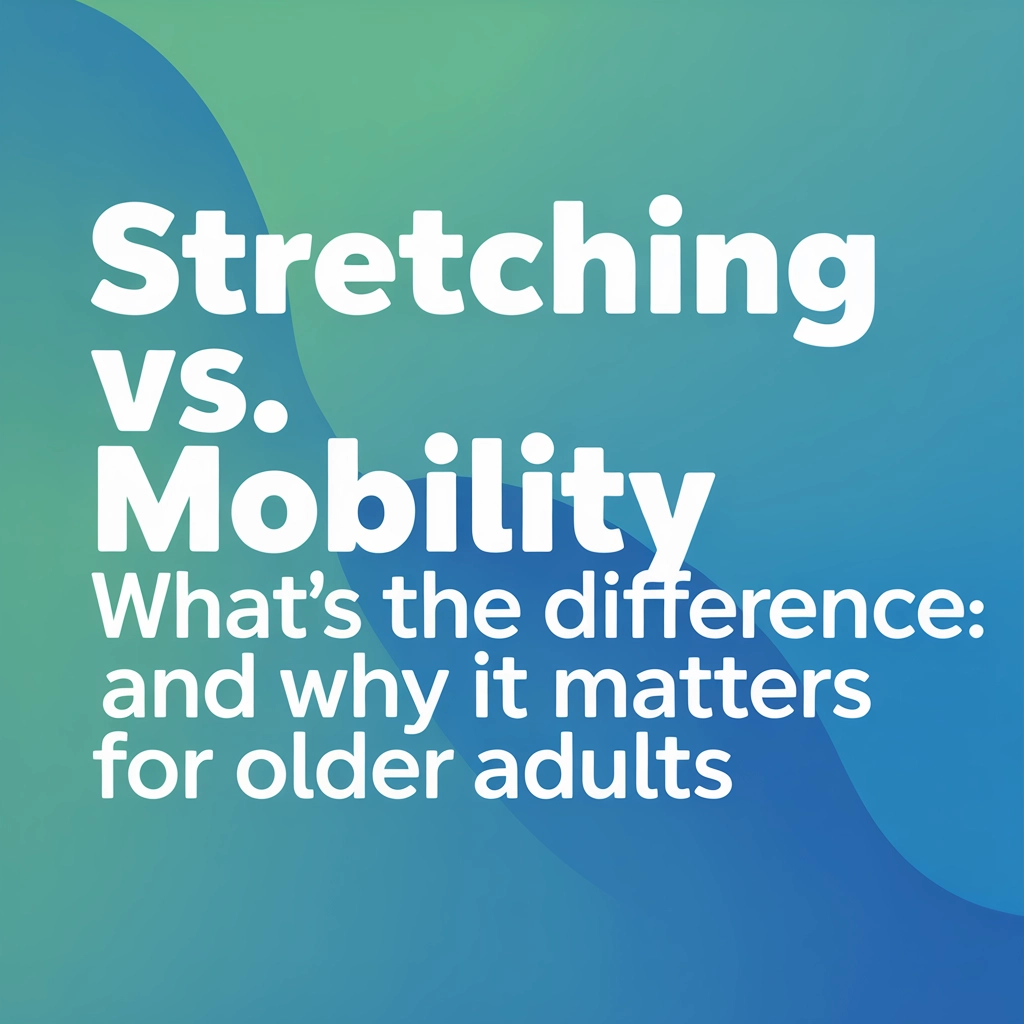Vitamins, Minerals, and Balance: Simple Steps for Better Health
You've probably heard that vitamins and minerals are important for your health, but what does that really mean for your daily life? If you're feeling overwhelmed by all the nutrition advice out there, you're not alone. Let's break it down into simple, practical steps that can help you feel stronger, more energetic, and healthier every day. Think of vitamins and minerals as your body's support team. Just like a house needs a strong foundation and good maintenance, your body needs these nutrients to keep everything running smoothly. The good news? Getting what you need doesn't require complicated meal plans or expensive supplements. Why Your Body Needs These Nutrients Your body is working around the clock, even when you're sleeping. It's repairing cells, fighting off germs, keeping your heart beating, and helping you move through your day. Vitamins and minerals are the tools that make all of this possible. Vitamins are like your body's helpers. Some, like vitamins A, D, E, and K, stick around in your body for a while because they're stored in fat. Others, like vitamin C and the B vitamins, need to be replaced regularly because your body flushes them out. Minerals are the building blocks. Calcium keeps your bones strong, iron carries oxygen in your blood, and magnesium helps your muscles work properly. Your body can't make these on its own, so you need to get them from food. What Happens When You Don't Get Enough When you're missing key nutrients, your body sends signals. You might feel tired more often, catch colds easily, or notice your skin looking dull. Sometimes the signs are subtle – maybe you're not sleeping as well, or you feel a bit off without knowing why. Here's what some common deficiencies can look like: Low iron: Feeling exhausted, even after a good night's sleep Not enough vitamin D: Achy bones or feeling down during winter months B vitamin shortage: Brain fog or trouble concentrating Calcium deficiency: Brittle nails or muscle cramps The encouraging news is that most of these issues can be improved with simple dietary changes. Your body is remarkably good at bouncing back when you give it what it needs. The Other Side: Too Much of a Good Thing While we often worry about not getting enough nutrients, it's also possible to get too much – especially from supplements. Your body is pretty smart about handling extra water-soluble vitamins (like vitamin C), but it stores fat-soluble vitamins, which can build up. Taking too many vitamin supplements can sometimes cause: Nausea or stomach upset Headaches In rare cases, more serious problems with your liver or other organs This is why getting nutrients from food is usually your best bet. It's almost impossible to overdose on vitamins from eating fruits and vegetables! Simple Steps to Better Nutrition Start with Color Fill half your plate with colorful fruits and vegetables. Each color brings different nutrients to the table. Orange carrots give you vitamin A for healthy eyes, dark leafy greens provide iron and folate, and red bell peppers pack vitamin C for your immune system. Choose Whole Foods When You Can Instead of fruit juice, try whole fruit. Pick brown rice over white rice. These small swaps give you more nutrients and help you feel satisfied longer. Include Protein at Each Meal Protein helps your body repair itself and keeps you feeling full. Good sources include: Eggs (great for breakfast) Fish twice a week Beans and lentils (budget-friendly and versatile) Lean chicken or turkey Greek yogurt Don't Forget Healthy Fats Your body needs fat to absorb certain vitamins. Add a little olive oil to your salad, enjoy some nuts as a snack, or include half an avocado with lunch. Easy Daily Habits That Make a Difference Morning Sunshine Step outside for 10-15 minutes in the morning. This helps your body make vitamin D naturally and can improve your sleep at night. Keep It Simple at Meals You don't need to completely overhaul your eating habits. Small changes add up: Add berries to your cereal Include a vegetable with lunch Try a new fruit each week Switch to whole grain bread Stay Hydrated Water helps your body absorb and transport nutrients. Keep a water bottle handy and sip throughout the day. Foods That Pack the Biggest Nutritional Punch Some foods are nutritional powerhouses, giving you multiple vitamins and minerals in every serving: Leafy Greens (spinach, kale, lettuce): Rich in vitamins A, C, and K, plus iron and folate Berries (blueberries, strawberries): Full of vitamin C and antioxidants that protect your cells Nuts and Seeds: Provide vitamin E, magnesium, and healthy fats Fish (salmon, sardines): Excellent source of vitamin D and omega-3 fatty acids Whole Grains: Give you B vitamins and minerals like magnesium Dairy or Fortified Plant Milk: Important for calcium and often fortified with vitamin D Making It Work in Real Life Meal Planning Made Easy You don't need elaborate meal prep. Simply think about including: A protein source Colorful vegetables or fruits A whole grain A small amount of healthy fat Budget-Friendly Options Eating well doesn't have to be expensive. Frozen fruits and vegetables are just as nutritious as fresh ones and often cost less. Beans, lentils, and eggs are affordable protein sources. Buying seasonal produce can save money too. When Eating Out Look for dishes that include vegetables, choose grilled over fried foods, and don't be afraid to ask for substitutions like a side salad instead of fries. Listen to Your Body Pay attention to how different foods make you feel. You might notice that you have more energy on days when you eat a balanced breakfast, or that you sleep better when you include magnesium-rich foods like nuts or leafy greens in your dinner. Everyone's needs are slightly different. What works for your friend might not be exactly right for you, and that's perfectly normal. When to Consider Professional Help If you're dealing with ongoing health issues, taking medications, or have specific dietary restrictions, it's worth talking to




